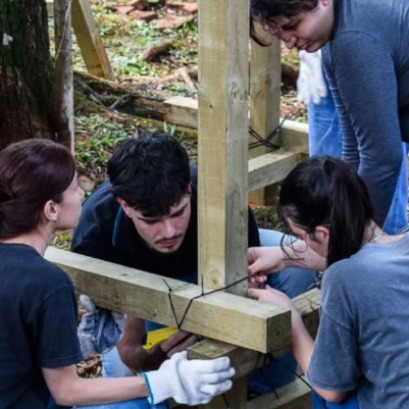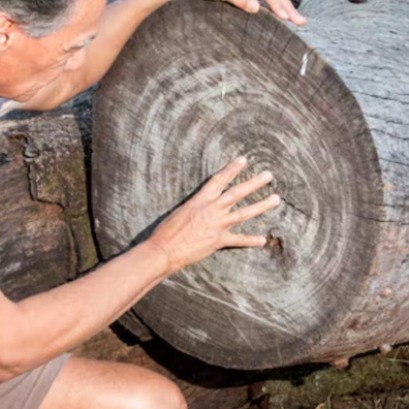
SISINTA: The digital map that transforms the knowledge of soils into a key tool for production
The Inta Soil Institute launched the Soil Information System (SISINTA), a platform that integrates more than 7,000 georeferenced soil profiles from all regions of the country. This digital, free and free access tool allows producers, technicians and decision makers to access precise and updated information on the characteristics and aptitudes of the soil in each territory.
Sisinta (www.visor.inta.gob.ar) combines field and laboratory data with geographical location, allowing searches to be performed by zone or specific attributes. Information can be organized in series or projects, downloading in different formats and being used in analysis software such as calculation forms, statistical tools or geographic information systems (GIS) .In the case of missions, the floor letters of the Guaraní and Leandro N. Alem departments were recently incorporated, with key information for productive planning. In Guaraní, more than 327,000 hectares were relieved, in a project that demanded two years of work and the participation of 30 professionals. Lucas Moretti, Doctor of Geological Sciences and project coordinator by INTA, he explained that this semi -talled cartography allows to calculate the productivity index of each plot depending on different crops. It is a great tool that the producer can access this resource digitally farm and see both the characteristic soils of their location as well as the recommendations for its management, to make decisions based on knowledge, he said. The Guaraní Department, in particular, presents geographical challenges due to its soils in mountain range and pronounced slopes. Thanks to digital maps, it is now possible to identify the different degrees of soil aptitude and their productive potentials with greater precision. With this tool, the INTA is committed to democratizing access to knowledge about Argentine soils, promoting a more efficient, sustainable and adapted agriculture adapted to the particularities of each territory.
IT MAY INTEREST YOU
 Architecture with identity: university students from Argentina and Paraguay design and build with missionary wood
Architecture with identity: university students from Argentina and Paraguay design and build with missionary wood
The Faculty of Art and Design (FAyD) of the National University of Misiones (UNaM) hosted the inauguration of the first edition of “Yvyvyrá: territory, matter and architecture”, an international workshop that promotes learning, experimentation and architectural design using wood and other materials typical of the biomes of the Atlantic Forest (Paranaense Forest) and the Humid Chaco.
 They promote research in pine resins from the NEA
They promote research in pine resins from the NEA
The forestry industry is one of the most important sectors in the economies of Misiones and Corrientes. Thousands of hectares of pine supply the paper, pulp, boards and sawmill industry. Pinus elliottii, one of the species established in the region, in addition to providing wood, is used to produce resin, a non-wood forest product with high demand in the chemical, pharmaceutical and cosmetic industries. In 2\024, resin extraction of approximately 52,6\0\0 tons was achieved from approximately 18,\0\0\0,\0\0\0 trees in production, generating income and jobs with high expansion potential.
 Trees tell stories: the fascinating science of dendrochronology
Trees tell stories: the fascinating science of dendrochronology
A fascinating science, dendrochronology transforms tree rings into a vast archive of climate history, revealing connections between the past and the future. With each ring, a new story of resilience and adaptation comes to life.





















